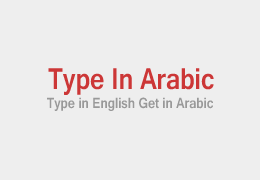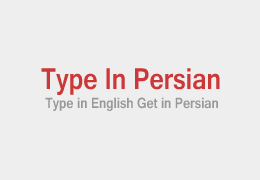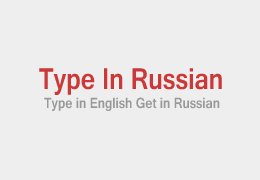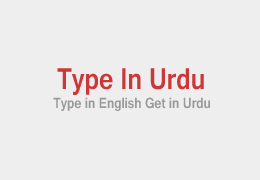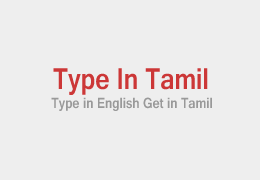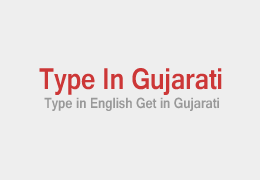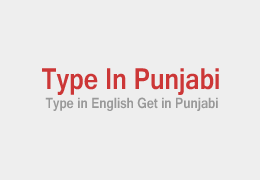Easy Online Typing
Type in English, Get in Any Language
The world most widely used language is currently English which has over 1.8 billion users world wide. The international prominence of Arabic has its historical reason in the medieval Islamic conquests and the subsequent Arabization of the Middle East and North Africa, and also exists as a liturgical language amongst Muslim communities outside of the Arab World. Standard Chinese is the direct replacement of Classical Chinese which was an important historical lingua franca in Far East Asia until the early 20th century, and today serves the function of providing a common spoken language between speakers of different and mutually unintelligible Chinese spoken languages not only within China proper (between the Han Chinese and other unrelated ethnic groups), but in overseas Chinese communities as well as being widely taught as a second language internationally. Russian was used in the Russian empire and the Soviet Union, and today is in use and widely understood in areas of Central and Eastern Europe, and Northern and Central Asia which were formerly part of the Soviet Union, or of the former Soviet bloc, and it remains the lingua franca in the Commonwealth of Independent States. German served as a lingua franca in large portions of Europe for centuries, mainly the Holy Roman Empire and later the Austro-Hungarian Empire. It remains an important second language in much of Central and Eastern Europe, and in the international scientific community.
Other major languages are not widely used across several continents, but have had an international significance as the lingua franca of a historical empire. These include Greek in the Hellenistic world after the conquests of Alexander the Great, and in the territories of the Byzantine Empire; Latin in the Roman Empire and the standard liturgical language for the Catholic faithful worldwide; Classical Chinese in East Asia during the Imperial era of Chinese history; Persian during ancient and medieval incarnations of various succeeding Persian Empires, and once served as the second lingua franca of the Islamic World after Arabic;[4] Sanskrit during the ancient and medieval historical periods of various states in South Asia, Southeast Asia, and Central Asia, and like Latin an important liturgical language of the Vedic religions.
The major languages of the Indian subcontinent have numbers of speakers comparable to those of major world languages primarily due to the large population in the region rather than a supra-regional use of these languages, although Hindustani (including all Hindi dialects and Urdu) and to a lesser extent Tamil may fulfill the criteria in terms of supra-regional usage and international recognition.
As an example, the native speaking population of Bengali vastly outnumber those who speak French as a first language, and it is one of the most spoken languages (ranking fifth[5] or sixth[6]) in the world with nearly 230 million total speakers, and is known for its long and rich literary tradition. However, while French is spoken intercontinentally, is internationally recognized to be of high linguistic prestige and used in diplomacy and international commerce, as well as having a significant portion of second language speakers throughout the world, the overwhelming majority of Bengali speakers are native Bengali people, with little to no influence outside of its regionally limited sprachraum or language space.
